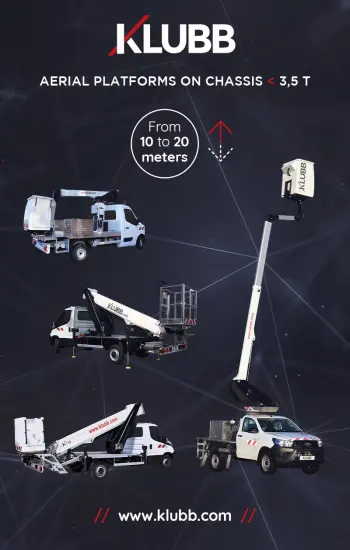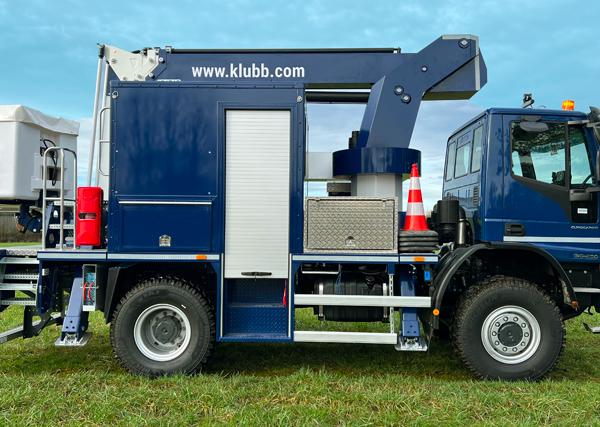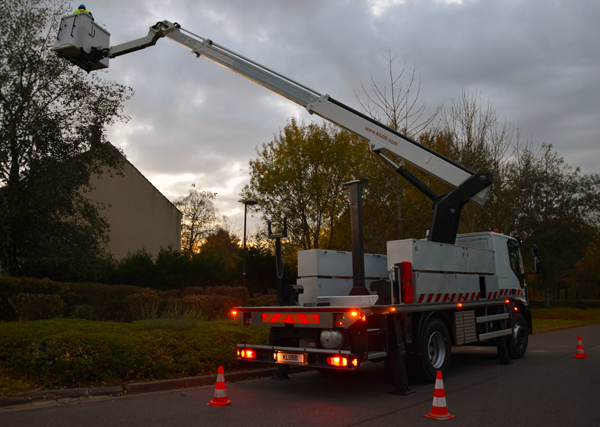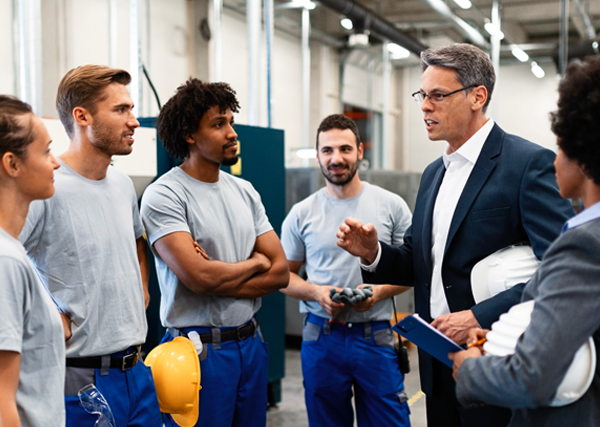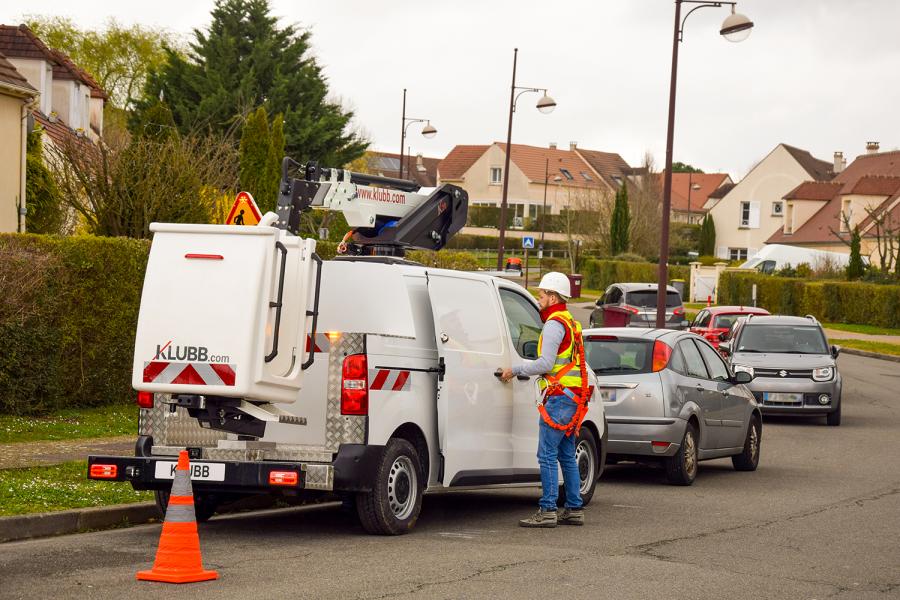
Die Wartung einer Hubarbeitsbühne ist entscheidend, um die Sicherheit und Langlebigkeit des Geräts zu gewährleisten. Regelmäßige Inspektionen und Wartungsmaßnahmen sind unerlässlich, um eine reibungslose Funktion zu garantieren und Unfälle zu vermeiden. Zu den wichtigsten Wartungsanforderungen zählen:
- Reinigung und Schmierung: Alle beweglichen Teile der arbeitsbühne müssen regelmäßig gereinigt und geschmiert werden, um Reibung und Verschleiß zu minimieren.
- Überprüfung hydraulischer und elektrischer Systeme: Die hydraulischen Komponenten und die elektrischen Steuerungen sollten regelmäßig überprüft werden, um Funktionsstörungen vorzubeugen.
- Austausch von Verschleißteilen: Teile wie Schläuche, Dichtungen und Lager sind besonders anfällig für Verschleiß und müssen bei Bedarf ausgetauscht werden, um den sicheren Betrieb der hebebühne zu gewährleisten.
- Sicherheitsinspektionen: Vorschriften wie die der ipaf (International Powered Access Federation) sowie die Betriebssicherheitsverordnung (betrsichv) verlangen regelmäßige Sicherheitsprüfungen der arbeitsbühnen.
Welche gesetzlichen Vorschriften gelten?
Die Wartung einer hubarbeitsbühne unterliegt gesetzlichen Vorgaben, die in der Betriebssicherheitsverordnung (betrsichv) geregelt sind. Diese schreibt vor, dass arbeitsbühnen in regelmäßigen Abständen von qualifizierten Fachkräften geprüft werden müssen. Zudem gibt es die ipaf-Richtlinien, die detaillierte Anforderungen zur sicheren Bedienung und Wartung von hebebühnen formulieren, darunter:
- jährliche Inspektionen: Eine umfassende Prüfung aller relevanten Bauteile ist mindestens einmal jährlich erforderlich.
- sicherheitschecks vor der Nutzung: Vor jedem Einsatz sollten grundlegende Sicherheitsprüfungen durchgeführt werden.
- schulungen des Bedienpersonals: Nur speziell geschulte Fachkräfte dürfen arbeitsbühnen bedienen.
Wie oft sollte eine Wartung durchgeführt werden?
Die Häufigkeit der Wartung richtet sich nach der Nutzungshäufigkeit und den Einsatzbedingungen der arbeitsplattform. Bei intensiver Nutzung, etwa im Baugewerbe mit scherenarbeitsbühnen, kann eine Wartung in kürzeren Intervallen, zum Beispiel alle drei Monate, erforderlich sein. Eine jährliche Wartung ist jedoch das absolute Minimum, um sicherzustellen, dass die teleskoparbeitsbühne oder andere hebebühnen einwandfrei funktionieren.
Welche Systeme erfordern besondere Aufmerksamkeit?
Besondere Aufmerksamkeit sollte auf folgende Systeme gelegt werden:
- hydraulische systeme: Diese sorgen für den Auf- und Abtrieb der hebebühne. Lecks oder Druckverluste sollten umgehend repariert werden, um größere Schäden zu vermeiden.
- elektrische systeme: Die Steuerungen und Verkabelungen sind auf Schäden oder Abnutzungen zu überprüfen, um elektrische Ausfälle zu verhindern.
Welche Folgen hat eine unzureichende Wartung?
Eine Vernachlässigung der Wartung kann schwerwiegende Folgen haben:
- systemausfälle: Defekte an hydraulischen oder elektrischen Komponenten können zum Totalausfall der hubarbeitsbühne führen und hohe Reparaturkosten verursachen.
- sicherheitsrisiken: Eine schlecht gewartete arbeitsbühne stellt ein erhebliches Sicherheitsrisiko dar. Besonders bei hochreichenden teleskopbühnen oder scherenbühnen können unvorhergesehene Ausfälle zu gefährlichen Unfällen führen.

